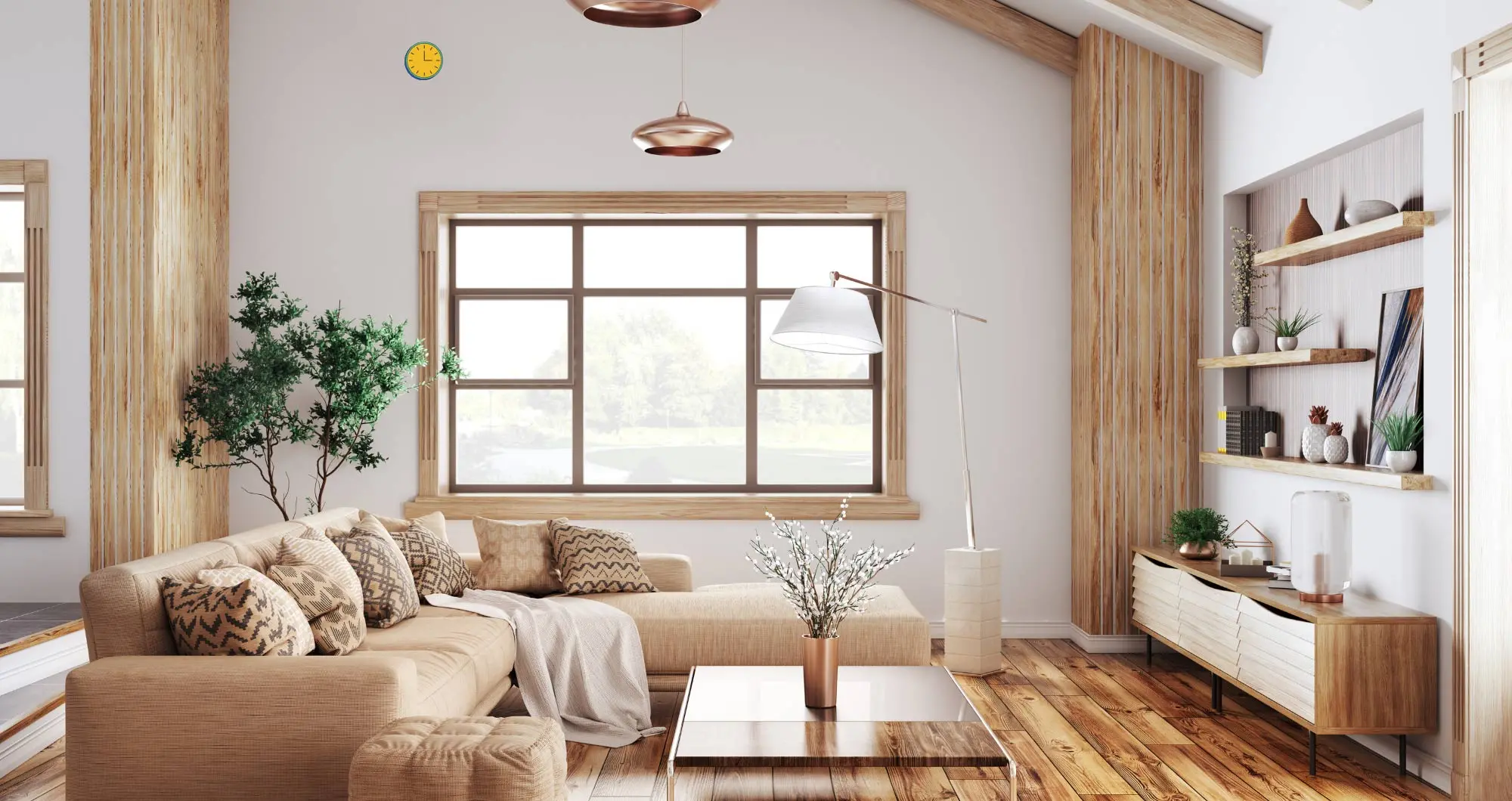In recent years, the concept of a “smart home” has extended far beyond lighting systems, thermostats, or voice-activated assistants. One of the more surprising additions to the list of intelligent devices is the smart toilet.
Once considered a luxury confined to high-end hotels or futuristic bathrooms in Japan, these fixtures are now becoming a trending upgrade in households worldwide. Their rise is tied to a combination of evolving technology, shifting lifestyle expectations, and growing attention to hygiene and sustainability.
Early adoption and cultural influence
Smart toilets first gained prominence in Japan in the late 20th century. Companies like Toto revolutionized the idea of what a toilet could do by incorporating bidet functions, heated seats, and deodorizing systems. These innovations were not initially intended as status symbols but as practical solutions for hygiene and comfort. Japan’s focus on cleanliness and compact living created an environment where such multifunctional devices flourished. Over time, Western travelers exposed to these systems began to recognize their benefits, fueling international curiosity.
The push from hygiene awareness
One of the biggest drivers of the smart toilet’s popularity has been a heightened awareness of hygiene. Traditional toilet paper, while convenient, does not offer the same level of cleanliness as water-based washing. The COVID-19 pandemic further amplified concerns about germs, cross-contamination, and overall sanitation. During this period, there was also a shortage of toilet paper in some regions, which encouraged people to consider alternatives. Smart toilets with built-in bidet and self-cleaning features quickly gained traction as a more hygienic and sustainable solution.
Integration of technology
Technological innovation is at the heart of why smart toilets are trending. Modern models integrate features that align with broader smart home ecosystems, such as voice control, app connectivity, and sensors that automate functions. Common capabilities include:
- Automatic lid opening and closing
- Motion-activated flushing
- Adjustable bidet spray with temperature control
- Built-in air dryers
- Deodorizing filters
- Night lights and seat warming
Some advanced designs even offer health monitoring. For instance, prototype models can analyze waste to track hydration levels, nutrient deficiencies, or early signs of illness. While not yet mainstream, these developments suggest that toilets may eventually serve as tools for preventive healthcare.
Sustainability and resource efficiency
Environmental concerns have also contributed to the rise of smart toilets. By reducing reliance on toilet paper, they help save trees and minimize the energy-intensive processes involved in producing paper goods. In addition, many smart toilets are designed to use water more efficiently. Dual-flush systems, precise spray nozzles, and optimized flushing mechanisms consume less water than traditional toilets. These resource-saving benefits resonate with eco-conscious homeowners seeking to reduce their environmental footprint without sacrificing convenience.
Changing perceptions of luxury
In the past, luxury bathrooms were defined by spacious bathtubs, elegant fixtures, or high-end finishes. Today, consumers increasingly equate luxury with personalization and intelligent design. A smart toilet represents both a practical upgrade and a conversation piece, elevating the bathroom experience beyond functionality. The integration of comfort features—like a heated seat on a cold morning—transforms the space into a more enjoyable and even indulgent environment. As smart toilets become more accessible in price, they are transitioning from luxury to lifestyle choice.
Market expansion and accessibility
Initially, the high cost of smart toilets limited their adoption. Premium models could cost thousands of dollars, making them unattainable for the average household. However, as technology has matured and manufacturing has scaled, more affordable options have entered the market. Consumers can now purchase retrofit bidet seats that install onto existing toilets for a fraction of the cost of a full smart toilet. This accessibility has widened the customer base, allowing middle-class households to experiment with smart bathroom technology without a massive financial commitment.
Design evolution and aesthetic appeal
Smart toilets are not just about technology; they also reflect a broader trend in interior design. Bathrooms are increasingly viewed as wellness retreats, and smart toilets fit seamlessly into this narrative. Their sleek, minimalist designs often eliminate the bulky tank found in traditional toilets, creating a more streamlined look. Some models are wall-mounted, saving space and contributing to a modern aesthetic. The combination of advanced function and visual elegance makes these toilets attractive to homeowners who care about both performance and style.
Global influences and adoption patterns
Although Japan remains the cultural origin of smart toilets, adoption is expanding globally. In North America and Europe, the trend is linked to the broader acceptance of bidets, which historically were less common in these regions. In emerging markets, the growing middle class is driving demand for smart home features, including high-tech bathroom solutions. Multinational manufacturers are investing in marketing campaigns that emphasize both the health benefits and the environmental advantages of smart toilets, helping shift consumer perception from novelty to necessity.
The role of health and wellness trends
The growing emphasis on wellness has also shaped the popularity of smart toilets. Just as people invest in ergonomic furniture or air purifiers, they see value in upgrading something as fundamental as the toilet. The ability to personalize settings—whether it’s the water temperature, spray strength, or drying intensity—aligns with a larger trend toward individualized health and comfort. For households with elderly members or people with limited mobility, smart toilets can even provide increased independence, reducing reliance on caregivers.
Future directions and innovation
Looking ahead, the trajectory of smart toilets suggests they will become even more integrated into daily life. Artificial intelligence may enhance their diagnostic capabilities, offering personalized health insights based on waste analysis. Connectivity with health apps could turn bathrooms into silent monitors for well-being. Energy-efficient models will likely become standard, and innovations in materials may lead to self-sanitizing surfaces that further reduce maintenance. As costs continue to decrease, the smart toilet is poised to move from trend to norm in many households.
The rise of smart toilets as a trending home upgrade reflects a convergence of cultural influence, technological progress, and changing consumer expectations. From their roots in Japanese innovation to their expanding role in global households, these devices highlight how even the most ordinary elements of daily life can be transformed through design and technology. By offering improvements in hygiene, sustainability, comfort, and health, smart toilets demonstrate that the future of home living lies not just in connectivity, but in reimagining the essentials.



